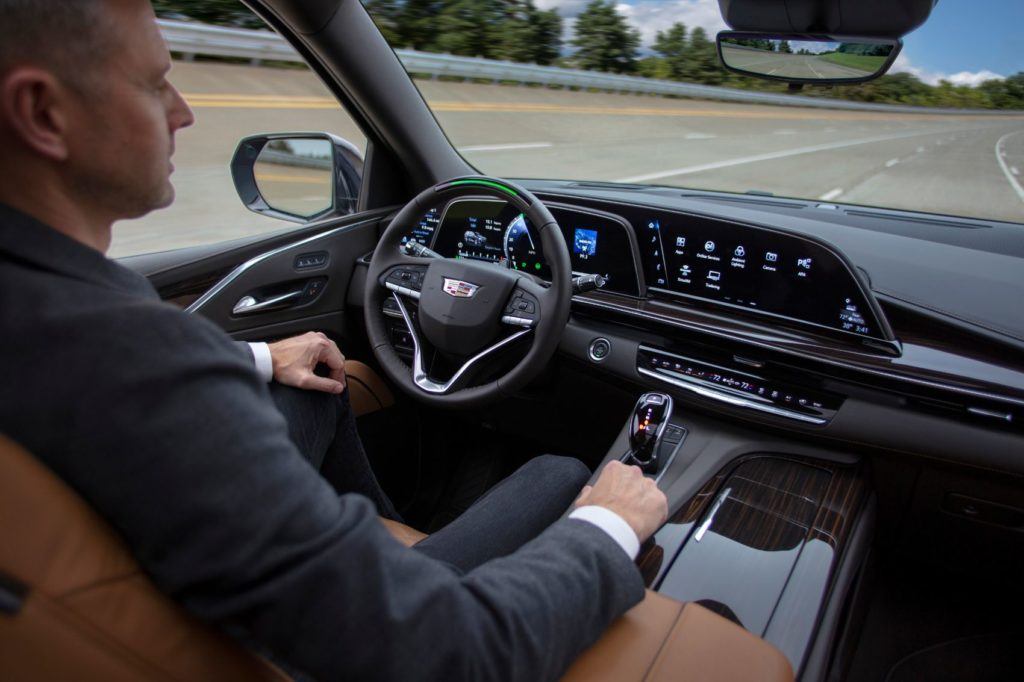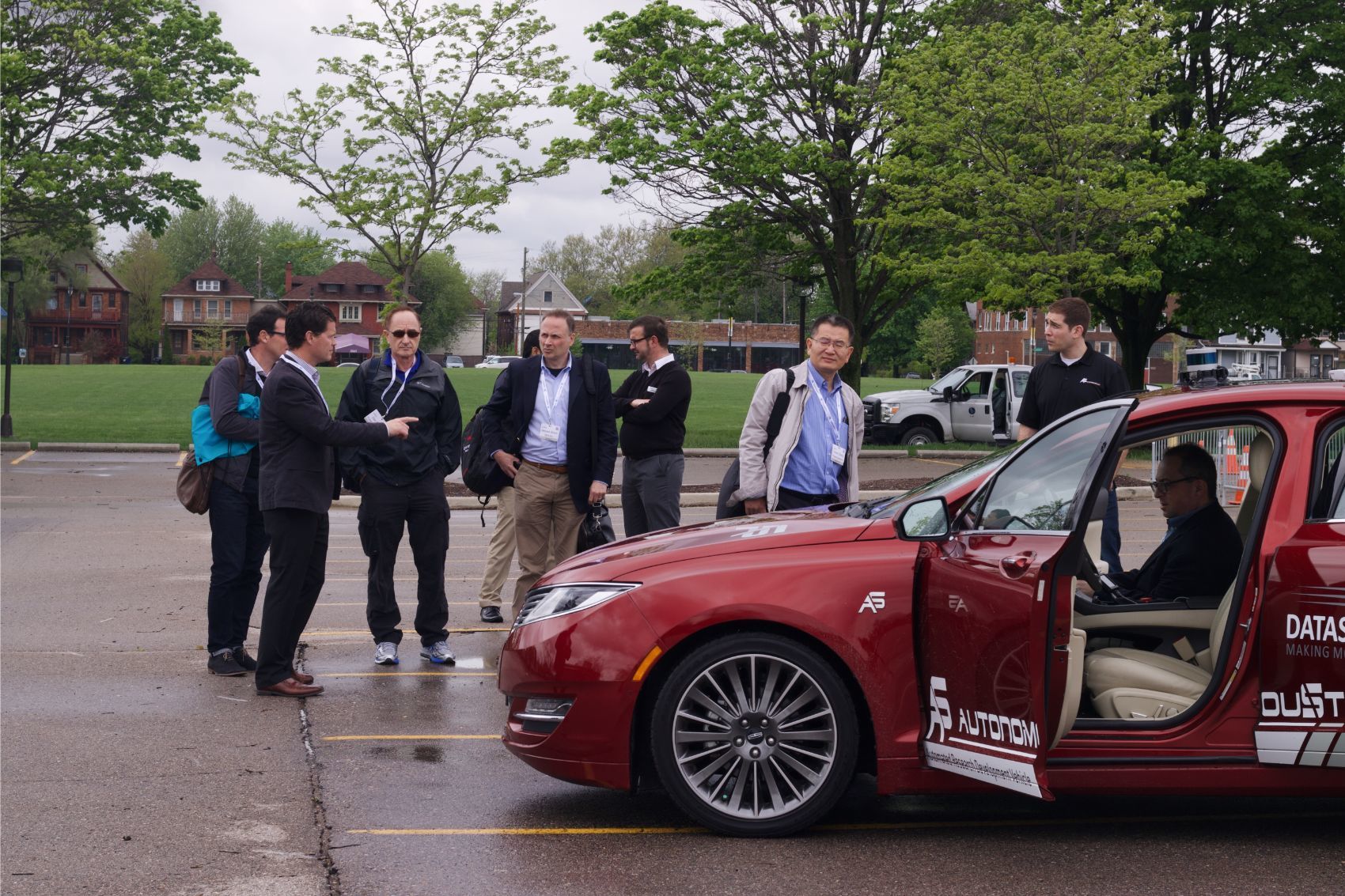Editor’s Note: The writer of this article is speaking to the automotive industry, versus consumers and enthusiasts. However, we want to hear your thoughts on this PAVE study in which everyday car owners participated. How do you feel about autonomous vehicles? Would you ever ride in one if given the opportunity? We want to hear your thoughts. You can contact us directly or give us a shout on Twitter.
This article originally appeared on AutoVision News. It has been republished with permission.
Americans revealed their most pressing concerns about autonomous vehicles in a recent survey conducted by the Partners for Automated Vehicle Education (PAVE). The study comes along at the right time, especially as the ADAS and engineering community is addressing the challenges standing in the way of consumer adoption. Respondents have given us further insight into how they feel about self-driving cars and the relationship between ADAS technology and full-on autonomy.
What Did The PAVE Study Find?
48 percent say they would never jump in an autonomous taxi or ride-sharing vehicle. Only a small number (34 percent) think the benefits of autonomous cars outweigh any foreseeable disadvantages. Similarly, just 18 percent said they would put their name down on a waiting list for an autonomous vehicle. Another 20 percent said they believe autonomous cars will never be truly safe.
About 40 percent say they feel confused by the different names for ADAS systems. Meanwhile, SAE International, AAA, Consumer Reports, J.D. Power, and the National Safety Council have joined forces to advocate for a standardized nomenclature. “Every ADAS feature has different names by different OEMs,” said Howard Abbey, Autonomous Car Specialist, SBD Automotive, during his presentation at the May edition of AutoSensONLINE. “And as Level 3 autonomous systems are released, the confusion of naming is continuing, not getting better.”
The Link Between ADAS & Autonomy
The PAVE study explored the critical relationship between ADAS features and full-on autonomous driving. Consumers familiar with ADAS technology were more likely to feel positive about autonomous cars. In the survey, 75 percent who currently own a vehicle with ADAS features say they are excited about future safety technology. That same group also revealed they feel better knowing other cars have advanced safety features too.
These sentiments were echoed by participants of a survey last year by AAA. In that study, AAA found consumers who use ADAS technologies regularly are more likely to trust them.
Overall, 82 percent with ADAS-equipped vehicles say they understand how the systems work. On the other hand, PAVE notes that all respondents rated their overall knowledge level as low when it comes to fully autonomous vehicles. The self-prescribed score was lower among respondents driving a car without ADAS technology.

Would Seeing a Demonstration Help?
The hesitation toward fully autonomous cars and the participant’s admitted lack of knowledge goes hand in hand. As members of the vehicle perception technology industry, we are exposed to self-driving cars frequently. We attend events with demonstrations or do test runs with our colleagues. Most have never interacted with an autonomous vehicle in the ways we have. However, if given the opportunity, the majority of consumers would jump at the chance.
In the PAVE study, 60 percent said they would trust an autonomous vehicle more if they could understand how the systems operate. Another 58 percent believe taking a ride in one would increase their trust.
“Even inviting a small number of consumers to a closed course, with expert safety drivers on hand to ease their fears, would be a good way to start,” explained Lauren Witt, a Detroit-based Automotive Product Specialist who manages consumer ride-and-drive programs for manufacturers. “This would begin to give people who are maybe a little afraid of the technology a chance to understand how it works.”
“Having the opportunity to interact with partially or fully automated vehicle technology will help remove some of the mystery for consumers and open the door for greater acceptance,” said Greg Brannon, AAA’s director of Automotive Engineering and Industry Relations. “Hands-on exposure in more controlled, low-risk environments coupled with stronger education will play a key role in easing fears about self-driving cars.”

What Role Does The Media Play?
Another viable reason for the disconnect between consumers and autonomous cars might come from the media. A study from CARiD conducted in 2018 shed light on media coverage – or lack thereof. In that survey at the time, only 35 percent recalled hearing a recent news story about autonomous cars. Another 43 percent said it had been anywhere from one to three months. And 22 percent could not recall reading or hearing a single story from the media about self-driving technology.
“The automotive media’s responsibility is to be clear and accurate on what self-driving vehicles do and don’t do,” said Michelle Krebs, Executive Analyst, Autotrader. “The media will be key players in educating the public on autonomous driving.”
The PAVE study concluded high profile accidents did not solely influence the respondents’ feelings toward autonomous vehicles. Similar to the CARiD survey, most participants in the PAVE study said they know “nothing at all” about crashes involving systems like Tesla’s Autopilot. Be that as it may, some experts believe the press should avoid the common strategy of “if it bleeds, it leads” when covering autonomous cars.
“Headlines – even more than the stories themselves – shape much of our thinking as a society,” explained Cliff Banks, Founder and President of The Banks Report, an automotive retail publication. “The situation in Arizona where an autonomous Uber vehicle killed a pedestrian sent the media into a frenzy about whether autonomous cars are safe. Very few stories I read actually put the unfortunate event into context. We need to be careful not to over-sensationalize the negative, such as when accidents happen.”

Read The Full PAVE Study
The PAVE study is comprehensive and covers other critical topics like policy and regulation, congestion and economic impacts, and how disabled citizens view self-driving technology. A complete PDF version of the study is available now. Our ADAS community can benefit greatly from these findings as we work together to build a safer world.
“The results of this survey confirm that autonomous vehicles face major perception challenges and that education and outreach are the keys to improving trust,” said Tara Andringa, Executive Director of PAVE. “These insights provide both motivation and direction to our effort to confront this educational challenge.”
Original article: PAVE Study & Research Lends Insight Into How Consumers View Autonomous Vehicles
from Automoblog https://ift.tt/2Xh3rWT
No comments:
Post a Comment